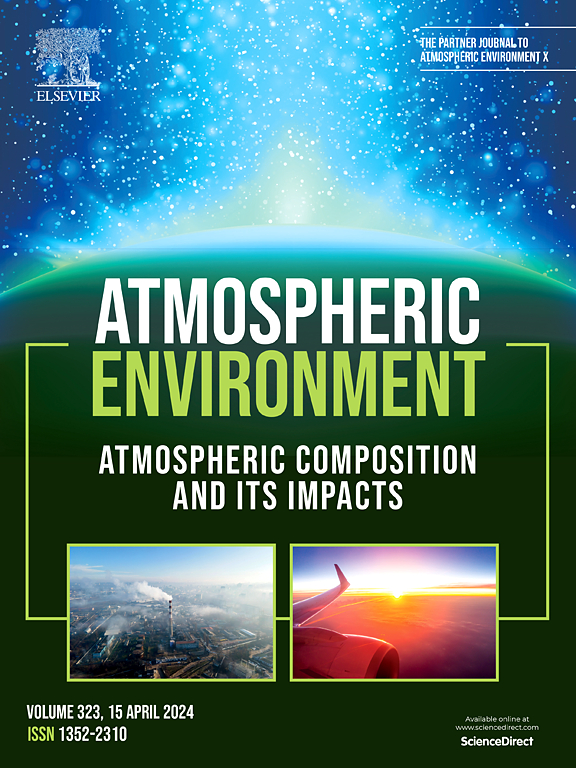Research on weather classification of atmospheric complex pollution: Progress and prospect
IF 3.7
2区 环境科学与生态学
Q2 ENVIRONMENTAL SCIENCES
引用次数: 0
Abstract
Understanding the atmospheric circulation causes of atmospheric complex pollution is crucial for unraveling its intricate formation mechanisms. This study summarizes the progress of weather classification research in atmospheric pollution, focusing on the history, the characteristics and applicability of different research methods, the research conclusions on weather classification for different types of air pollution and their corresponding mechanisms, and points out the challenges of current research and the directions for future research. Driven by technological development and research needs, the research has generally gone through four stages of development, and the current objective classification method, especially the T-mode principal component analysis, show the superior performance. Local generation patterns contributing to PM2.5 pollution are characterized by stagnation conditions, while those contributing to O3 pollution are linked to high pressure which enhances the photochemical reaction, and low pressure accompanied by inversion. PM2.5 and O3 complex pollution, SO2 pollution, and NOx pollution are all mainly affected by the continental and/or subtropical high. The current dominant patterns of CO pollution are unclear. Regional transport patterns of PM2.5 pollution are generally cold fronts and high pressure, while those of O3 pollution are mostly low pressure. Future expectations for weather classification research include in depth studies on the dominant patterns of multi-pollutants complex pollution, and expanding the application of weather modeling in pollution forecasting, thereby promoting the research results in this field to play a greater role in the research on the causes and the control of atmospheric complex pollution.
大气复杂污染天气分类研究进展与展望
了解大气复杂污染的大气环流成因对于揭示其复杂的形成机制至关重要。本文综述了大气污染天气分类研究的进展,重点介绍了不同研究方法的历史、特点和适用性、不同类型大气污染天气分类的研究结论及其机制,并指出了当前研究面临的挑战和未来研究的方向。在技术发展和研究需求的推动下,研究大致经历了四个发展阶段,目前的客观分类方法,尤其是t型主成分分析法表现出了优越的性能。导致PM2.5污染的局地生成模式以停滞状态为特征,而导致O3污染的局地生成模式与增强光化学反应的高压和伴随逆温的低压有关。PM2.5和O3复合污染、SO2污染和NOx污染主要受大陆高压和副热带高压的影响。目前CO污染的主要模式尚不清楚。PM2.5污染区域运输模式以冷锋和高压为主,O3污染区域运输模式以低压为主。未来对天气分类研究的期望包括深入研究多污染物复杂污染的主导模式,扩大天气模拟在污染预报中的应用,从而推动该领域的研究成果在大气复杂污染成因和控制研究中发挥更大的作用。
本文章由计算机程序翻译,如有差异,请以英文原文为准。
求助全文
约1分钟内获得全文
求助全文
来源期刊

Atmospheric Environment
环境科学-环境科学
CiteScore
9.40
自引率
8.00%
发文量
458
审稿时长
53 days
期刊介绍:
Atmospheric Environment has an open access mirror journal Atmospheric Environment: X, sharing the same aims and scope, editorial team, submission system and rigorous peer review.
Atmospheric Environment is the international journal for scientists in different disciplines related to atmospheric composition and its impacts. The journal publishes scientific articles with atmospheric relevance of emissions and depositions of gaseous and particulate compounds, chemical processes and physical effects in the atmosphere, as well as impacts of the changing atmospheric composition on human health, air quality, climate change, and ecosystems.
 求助内容:
求助内容: 应助结果提醒方式:
应助结果提醒方式:


